If you think about it, all movies cheat. I mean, it’s all just fantasy, right? It’s a facsimile of “real life” in order to evoke an emotional response and to entertain. Even with documentaries, there’s some sort of artifice in place.
This past year, I’ve become sort of fascinated by something called Takeaway Scenes, an anonymous performance art project that strips cinema down to its roots. So, what does that mean? Well, in the case of the Takeaway Scenes, there’s a defined set of rules to follow: each short film must be shot with a single camera, no lights, and only a few actors. No music. No cuts. No cheating.
See…there’s that word again: cheating. If you’ve ever worked on a film set, there’s always a fair amount of fakery going on: day is faked for night…the set has no ceiling…an actor is made taller via an apple box (Tom Cruise thanks you, by the way). This is “movie magic” as they call it. But, as a director who is still exploring his “voice” (try not to roll your eyes), I wanted to attempt something that chipped away at the construction a bit. Hence, why the Takeaway Scenes model (apart from the anonymous aspect of it…I’m trying to build a directorial portfolio) appealed to me.
Below is my attempt at the format—a single, unbroken take with just two people talking. After the immense complexity of my last short film—a Spider-Man Fan project with a big crew and stunt performers—I wanted to do something that was essentially the opposite: a character driven piece with minimal crew and even less distractions. Can I tell an interesting story without all the cinematic “tricks” that allow you to manipulate an audience’s emotions? No musical score to remind you to feel sad, no close-up cutaways to remind you to focus on an actor’s facial expression?
And, of course, there’s the idea of the “long take,” which I found incredibly intriguing. With the popularization of films like Gravity and Birdman, it feels like complex “oners” are all the rage as of late—the kind of thing cinephiles can geek out about. But, they also force a director to approach filmmaking in an unconventional way, as it sort of goes against how we’re trained to visually conceive stories. Cutting, in a sense, is the ultimate form of cinematic cheating. You can move the narrative forward in time, create tension by showing a close-up, reveal information, etc. The words “CUT TO:” are the two most common and important in a screenplay. But, what if you can’t cut? What if you aren’t allowed to? It’s a really interesting challenge, one that forces the film to work purely from a character and dialogue standpoint. Much like seeing a stripped down stage play, the film is compelling if the performances are. We’re forced to live with these characters and watch their interaction evolve in real time. That’s pretty darn cool.
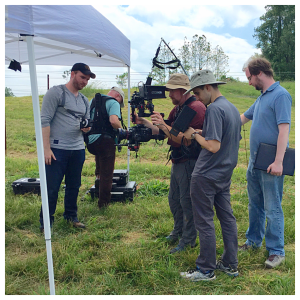
Does this work for everything? God no. And, to be fair, there’s still a fair amount of fakery going in my film. The actors, after all, are just actors. That wine is really grape juice. Our movements were planned out. But, there’s still a freedom here that I found quite liberating as a director. I hope you enjoy this experimentation as much as I did.
As always, many thanks to my trusted director of photography, Joe Tyler (he somehow didn’t collapse by the end of the shoot). I’m also indebted to my two amazing actors, Anna Drezen and Alex McKelvey. Believe it or not, they only just met the morning of the shoot. They’re that good, folks. And, of course, my camera assistants and sound person: Tom Conner, David Campbell, and Mack McLaughlin. All three are amazing.
Here’s to not cheating (cinematically, that is)!
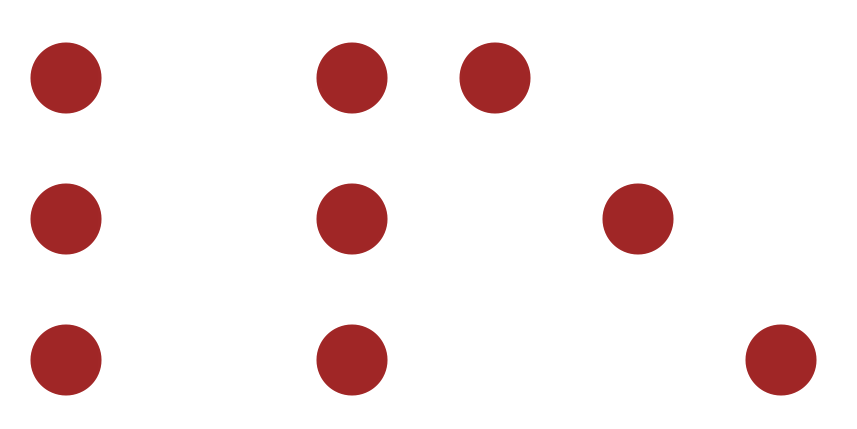
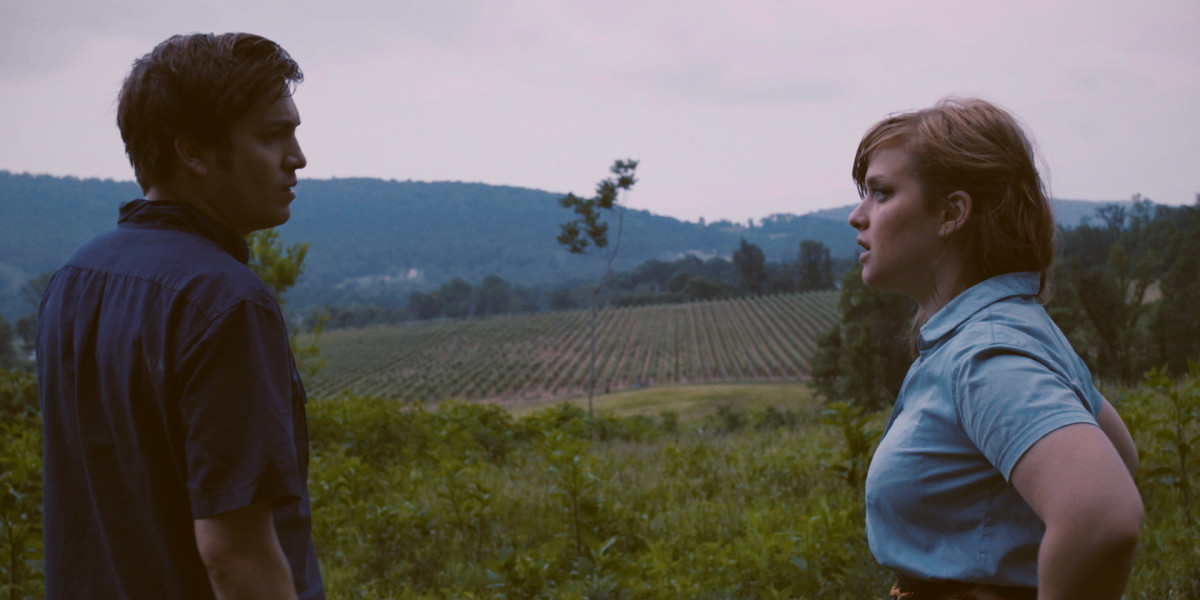
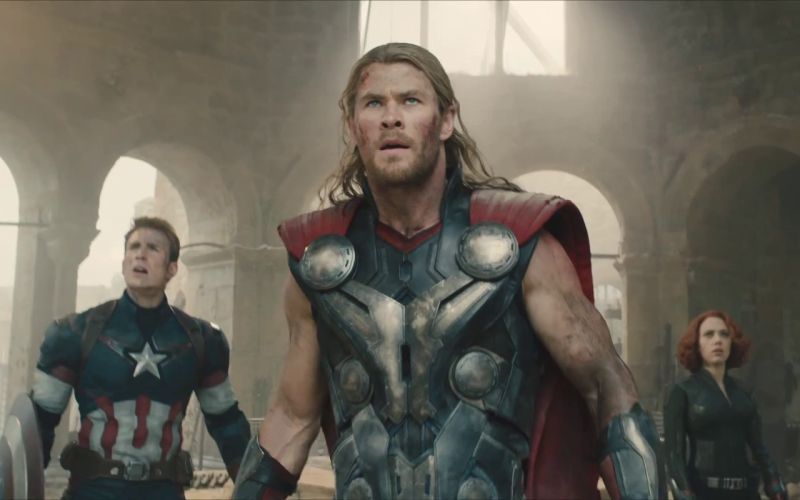
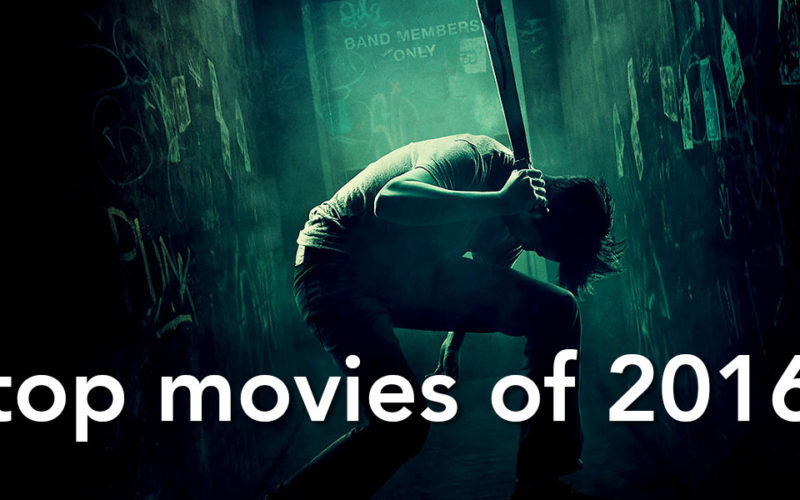
2 comment on “Cutting is Cheating”